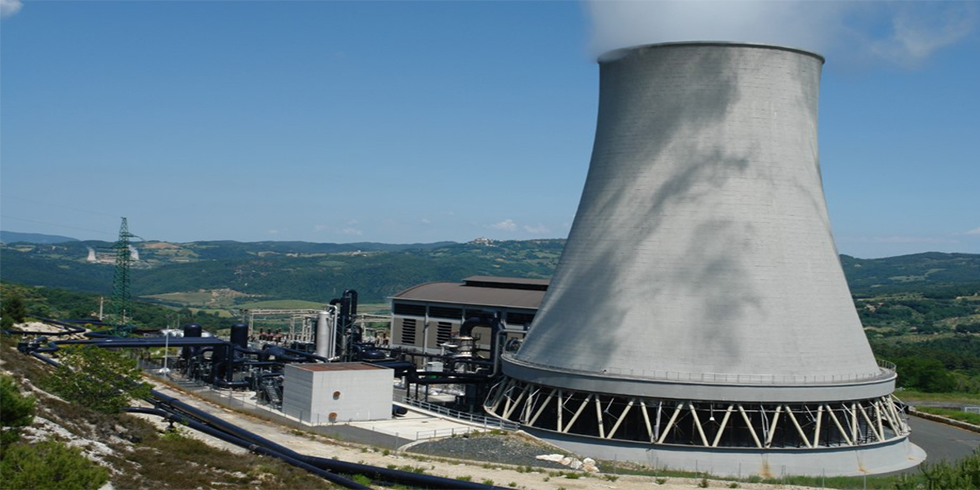The state of Karnataka has surpassed Tamil Nadu to become India’s biggest renewable power producer with an installed capacity of 12.3 gigawatts. This includes 4.7 GW of wind, 5 GW of solar, and around 2.6 GW of other Renewables such as biomass, small hydro, and heat and power cogeneration.
Over the last year, solar power and wind have become cheaper than thermal energy in India. On the other hand, the thermal power sector is under stress, with electricity tariffs rising due to an increase in coal prices and a shortage of coal.
This is the reason behind the country’s power sector shifting aggressively from coal-based power to renewables.
Amit Kumar, cleantech partner at consulting firm PwC said “There was more demand as compared to supply. Karnataka needed power and with low gestation period and solar fit the bill. That’s the reason why the government came out with encouraging schemes that would fill up the demand quickly,”
The state came out with multiple policies that encourage setting up of pilot new technologies, solar parks, and help farmers get into renewable energy generation.
To begin with, the Karnataka Electricity Regulatory Commission (KERC) withdrew a slew of surcharges levied on private companies that sell renewable power directly to consumers and not through the state electricity utility. Private power production increased due to this.
Then, the state devised a unique scheme to acquire land to set up solar plants. Procuring land from farmers for industrial use is one of the biggest problems in India, but Karnataka planned a workaround.
MR Sreenivasa Murthy, former chairman of the Karnataka Electricity Regulatory Commission said “The constraint usually is the land resource because you need so much land for each megawatt. The government identified pockets of the state where agriculture is not very intensive and not very remunerative. So without going in for land acquisition, they made a very good arrangement of making use of land for a fixed payment for a year. It is a partnership between farmers and government,”
This move, helped develop the 2 GW Pavagada industrial solar park, the world’s second-largest such facility that’s under construction.
A scheme for farmers to produce solar power was introduced. Through this scheme, farmers could utilize government subsidies to switch to solar-powered irrigation pumps and sell the surplus power into the grid.
The state also encouraged testing new technologies such as the solar-wind hybrid where both windmills and solar panels are put up on the same piece of land. Karnataka today houses India’s first major hybrid plant.











Add Comment